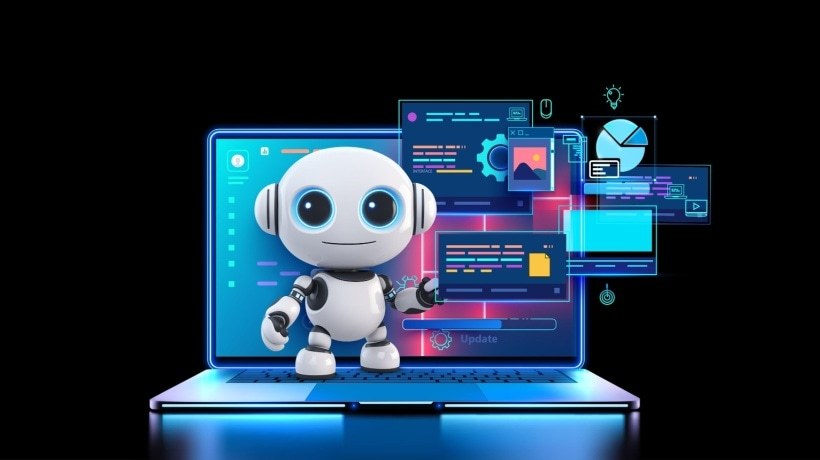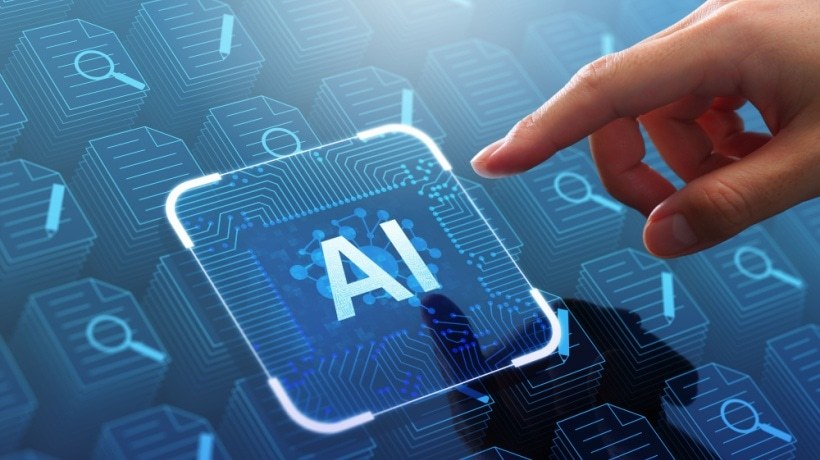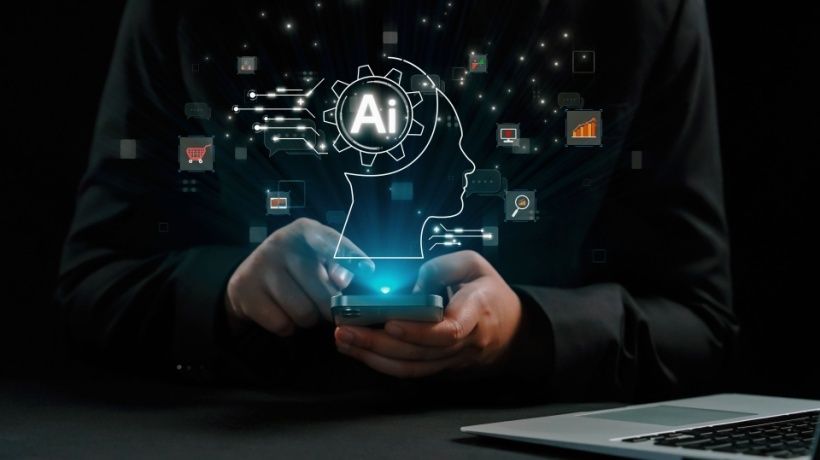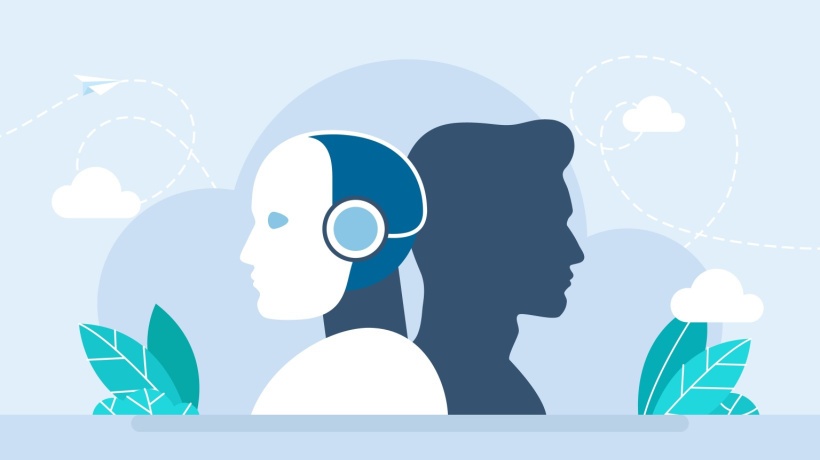AI In L&D: Shaping Future Of Workforce Training
With a significant amount of modernization taking place in the workplace, companies are struggling to keep up and are thus resorting to upskilling and reskilling their workforce to remain competitive. According to a 2024 survey conducted by Statista among employees in the United States, 71% of respondents reported being satisfied or very satisfied with their company's reskilling and upskilling training. In this context, the use of AI in workforce training by Learning and Development (L&D) has undergone a rapid shift from being a complementary tool to becoming a strategic priority. Apart from reviving corporate training programs, Artificial Intelligence is also driving the learning experience in a new direction by providing personalized, data-driven, and intelligent solutions in the field of workforce development [1].
Personalization At Scale
Mass-based training often proves to be rather unengaging. To offer a more customized solution that fits their individuality, Artificial Intelligence takes into account individual learning practices, attitudes, and gaps. Based on their real-time performance, the system may, for instance, propose the learner's next course, adjust the degree of difficulty, or offer microlearning modules. AI's job is to ensure that learners neither get bored nor stressed.
AI-driven adaptive learning systems can update the learning path in real time, providing the fastest progress to users who are performing exceptionally well and offering additional support to those who are not making progress [2]. This methodological change keeps learners engaged, allowing learning organizations to observe faster, more meaningful skill gains.
Intelligent Automation For Efficiency
AI performs numerous administrative and repetitive tasks; therefore, human intervention is not required in this process. This allows L&D professionals to spend their time on other critical chores. AI solutions can help with content labeling, quiz creation, learner analytics, and feedback collection, thereby improving accuracy and speed simultaneously.
Data teams in the training and HR departments can analyze the information generated through AI-driven platforms to understand the traits of high-performing employees, completion rates in training programs, and progress across learning journeys. Using data patterns provides a more effective approach for calculating ROI. Most importantly, a business can use accurate data to enhance its ongoing training programs.
Continuous Learning And Skill Alignment
In a fast-evolving technological world, the duration for which skills remain effective in performing tasks is very short. Artificial Intelligence helps the workforce adopt a policy of continuous learning by reminding employees of new materials, learning pathways, and upcoming roles and business needs that enhance their capabilities and skills. By using predictive analytics, AI can analyze future skill deficits and proactively recommend related training, thereby keeping the workforce ready to meet evolving demands.
Additionally, AI is the link that connects learning and performance. It becomes possible to link learning with organizational goals by integrating competency and job roles with training outcomes, thereby ensuring that learning remains aligned with strategic objectives.
Enhanced Engagement Through Conversational AI
Artificial Intelligence is transforming the way learners access courseware. Conversational AI and chatbots simulate real-life experiences, provide real-time coaching support, and answer learner questions whenever needed. In this way, digital assistants enable instant support, allowing the learning process to be carried out interactively and accessed across remote and hybrid environments.
Moreover, gamified learning environments and AI-powered simulations can replicate complex, high-risk situations, allowing learners to practice and improve their skills in a safe and low-risk environment.
Shaping The Future Of Workforce Training
According to the 2025 Workplace Learning report from LinkedIn, 91% of L&D professionals agree that continuous learning is more important than ever for career success [3]. The future of workforce training involves integrating AI into the entire learning process, from the initial stages to the outcomes. The more advanced AI tools become, the easier it is to achieve truly self-orchestrated learning systems that can create, deliver, and optimize training with minimal human intervention. Such a shift requires L&D professionals to adapt their roles accordingly.
In addition to generating content, skilled professionals in the field of Learning and Development now perform functions such as experience design, data analysis, and partnerships to create learning that aligns with the company's transformative goals and objectives. Organizations that can adapt to changing times will be better positioned to sustain both centralized and agile learning models.
Conclusion
AI in Learning and Development is not just a temporary phase; it is the very foundation of the modern generation of workforce training. Using Artificial Intelligence effectively can help companies transition away from traditional training methods and enable them to create adaptive, human-like, and effective learning ecosystems. Furthermore, the journey toward future workforce training will become more efficient with AI as the key agent in unlocking large-scale human potential.
References:
[1] Top 10 Corporate Training Courses and Programs to Empower Employees
[2] The Role of Adaptive learning Strategies in Driving Human Capital Transformation
[3] Workplace Learning Report 2025: The rise of career champions









